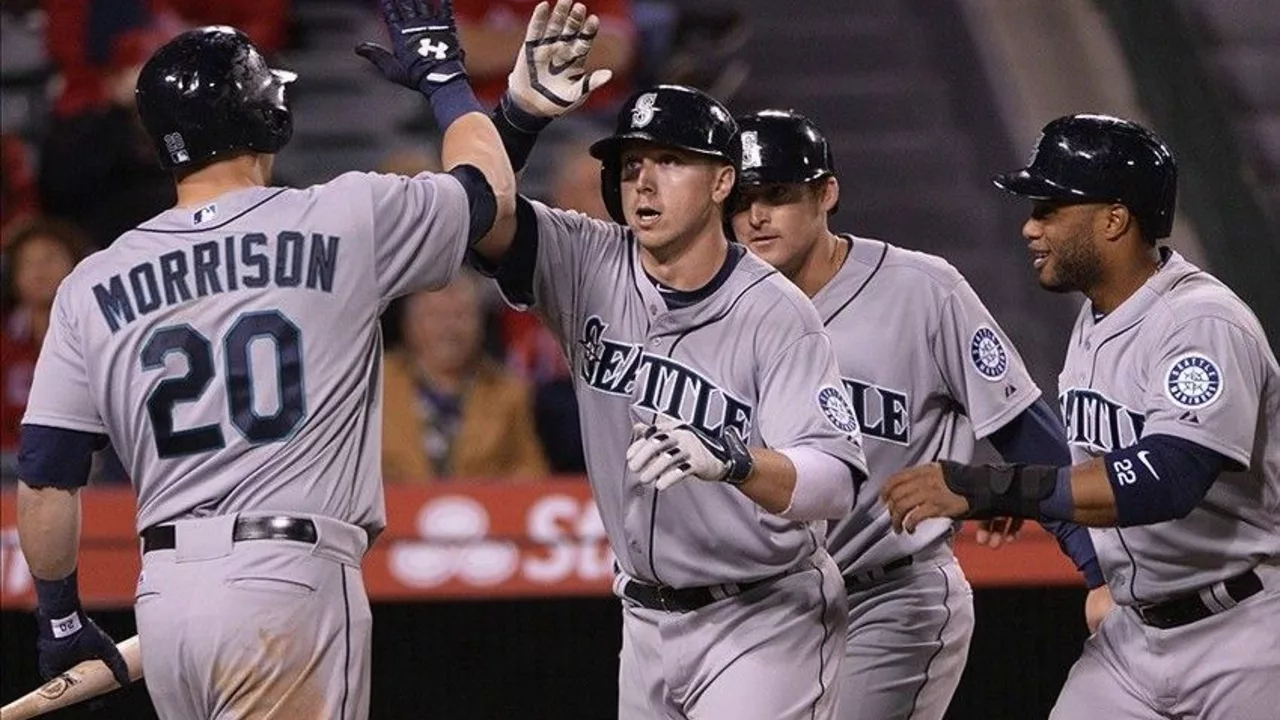Understanding the MLB Schedule
The Major League Baseball (MLB) schedule is a unique and complex system, with a myriad of factors dictating the timing and location of each game. The MLB's scheduling process is a year-round operation that takes into account various elements such as team travel, stadium availability, and television programming. It is indeed a herculean task to coordinate 30 teams playing 162 games each, over six months. When we witness all MLB games being played at the same time on a particular day, it is not by coincidence, but by design. This phenomenon has its roots in an interesting story of tradition, fairness and strategy.
The Tradition of Simultaneous Games
The practice of all MLB games being played at the same time on the final day of the regular season is deeply rooted in tradition. It dates back to 2015, when the league decided to start all games at the same time on the last day of the regular season. This tradition, known as "Game 162," creates a sense of excitement and unpredictability as it often has playoff implications.
The Role of Fairness and Competition
One of the major reasons behind simultaneous games is to maintain fairness and competition. In the race to the playoffs, it's not uncommon for several teams to be vying for the final few spots. By starting all games at the same time, no team can gain an unfair advantage by knowing the result of another game. This ensures that every team gives their all, maintaining the competitive integrity of the game.
The Excitement of Game 162
Game 162 can be a thrilling spectacle for baseball fans. With everything on the line, teams are often forced to make strategic decisions on the fly, adding a layer of drama and excitement to the games. This simultaneous start creates a scenario where a team's fate can change from one moment to the next, making it one of the most exciting days of the baseball calendar.
The Strategic Element
The simultaneous start also presents a strategic component for teams. Managers must decide whether to use their best pitchers or save them for potential playoff games. Additionally, they need to consider their lineups without knowing the outcomes of other games. This adds an extra layer of intrigue and strategy to the game, captivating audiences and keeping them glued to their screens.
Television and Broadcasting Considerations
From a broadcasting perspective, having all games start at the same time can create a frenzy of action and drama for viewers. Networks often switch between games, providing live updates and creating a 'whip-around' effect. This keeps viewers engaged and makes for great television.
The Role of Technology
Advancements in technology have made it easier for fans to follow multiple games at once. With live-streaming services and sports apps, fans can watch several games simultaneously, track scores, and witness the drama unfold in real time. This has made the simultaneous start of games a more feasible and enjoyable experience for fans.
Simultaneous Start: A Global Phenomenon
The simultaneous start is not unique to MLB. Other sports leagues across the globe, like the English Premier League in soccer, also schedule simultaneous starts on the final day of the season for the same reasons - to maintain fairness and competition.
Impact on Players and Teams
While the simultaneous start of games has many advantages, it also presents challenges for players and teams. The pressure and intensity of Game 162 can be taxing. However, it is this pressure that often brings out the best in athletes, making for some unforgettable performances.
Conclusion: The Beauty of Baseball
Ultimately, the simultaneous start of MLB games is a testament to the unpredictability and drama that makes baseball such a beloved sport. It encapsulates the thrill of competition, the strategic intricacies of the game, and the unscripted drama that unfolds on the field. It's a unique tradition that adds to the allure of America's pastime and leaves fans eagerly anticipating the final day of the regular season.
